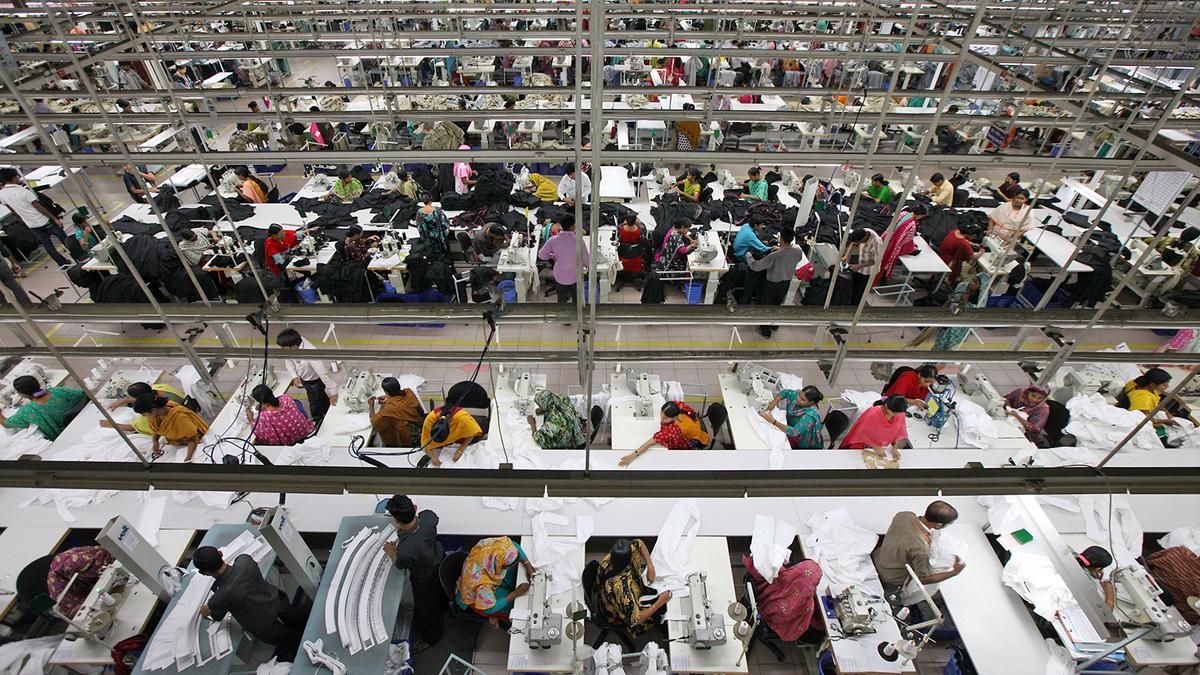
More graduates but fewer relevant jobs: a possible factor behind Bangladesh protests
The Hindu
A staggering rise in the share of urban Bangladeshi youth who finished college and no commensurate increase in the share of ‘white-collar’ jobs could be a major reason for the violent protests by students in the country’s cities, data show
A staggering rise in the share of urban Bangladeshi youth who finished college and no commensurate increase in the share of ‘white-collar’ jobs could be a major reason for the violent protests by students in the country’s cities, data show.
The mass protests, which started in Dhaka and spread across Bangladesh, were led by students. They initially protested against the return of the 30% quota in government jobs for the descendants of those who fought in the 1971 War. When the regime responded with a harsh crackdown, they began demanding Prime Minister Sheikh Hasina’s resignation. On August 5, she resigned and fled the country.
Chart 1 shows the share of the urban population in Bangladesh aged 15 or above, who completed tertiary education, in FY17 and FY22. In just five years, the share of those who completed tertiary education surged from 11.5% to 18.3% among men and from 5.9% to 11% among women.
Charts appear incomplete? Click to remove AMP mode
Chart 2 shows the occupation-wise share of the employed population in Bangladesh aged 15 or above, in FY17 and FY22. In FY17, 11.8% of those employed were managers and professionals. This barely increased to 12% in FY22. The share of those employed in ‘blue-collar’ work such as craft and related trade (including garments-related work) and elementary jobs came down slightly (a 2-3% point decline). The only commensurate increase in ‘white-collar’ work was among technicians, clerks, and associate professionals (by 3.8% points).
The share of those employed in skilled agriculture and allied work and as plant and machine operators increased in the period. Put together, while the share of those who completed college surged in recent years, not many students got jobs proportionate to their level of education.
Click here to subscribe to our Data newsletter.





















 Run 3 Space | Play Space Running Game
Run 3 Space | Play Space Running Game Traffic Jam 3D | Online Racing Game
Traffic Jam 3D | Online Racing Game Duck Hunt | Play Old Classic Game
Duck Hunt | Play Old Classic Game











